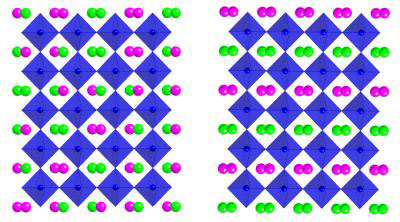 An advanced material that could help bring about next-generation "spintronic" computers has revealed one of its fundamental secrets to a team of scientists from Argonne National Laboratory (ANL) and the National Institute of Standards and Technology (NIST).
An advanced material that could help bring about next-generation "spintronic" computers has revealed one of its fundamental secrets to a team of scientists from Argonne National Laboratory (ANL) and the National Institute of Standards and Technology (NIST).
Oct 20th, 2011
Read more
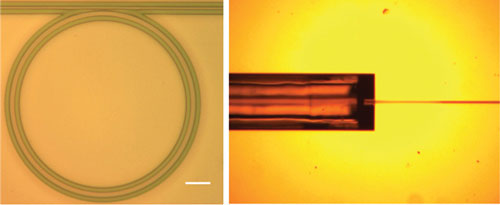 Researchers at Purdue University and the National Institute of Standards and Technology (NIST) have created a device small enough to fit on a computer chip that converts continuous laser light into numerous ultrashort pulses, a technology that might have applications in more advanced sensors, communications systems and laboratory instruments.
Researchers at Purdue University and the National Institute of Standards and Technology (NIST) have created a device small enough to fit on a computer chip that converts continuous laser light into numerous ultrashort pulses, a technology that might have applications in more advanced sensors, communications systems and laboratory instruments.
Oct 19th, 2011
Read more
Researchers coax viruses to assemble into synthetics with microstructures and properties akin to those of corneas, teeth and skin.
Oct 19th, 2011
Read more
Nanoinformatics 2011 will bring together informatics experts, nanotechnology researchers, and other stakeholders and potential contributors to advance Nanoinformatics 2020 Roadmap goals. The workshop will set a clear path for Nanoinformatics participants through the presentation of projects and research, open discussions, and strategic planning sessions.
Oct 19th, 2011
Read more
A dynamical system in which repeated measurements on a single particle yield the same mean result as a single measurement of the whole ensemble is said to be ergodic. The ergodic theorem expresses a fundamental physical principle, and its validity for diffusive processes has now been demonstrated.
Oct 19th, 2011
Read more
A new imaging technology is giving scientists unprecedented views of the processes that affect the flow of electrons through materials.
Oct 19th, 2011
Read more
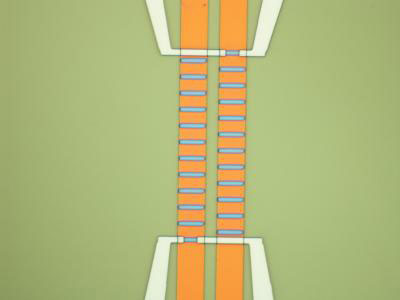 Researchers from the National Institute of Standards and Technology and University of Colorado Boulder have developed a low-power microchip that uses a combination of microfluidics and magnetic switches to trap and transport magnetic beads. The novel transport chip may have applications in biotechnology and medical diagnostics.
Researchers from the National Institute of Standards and Technology and University of Colorado Boulder have developed a low-power microchip that uses a combination of microfluidics and magnetic switches to trap and transport magnetic beads. The novel transport chip may have applications in biotechnology and medical diagnostics.
Oct 19th, 2011
Read more
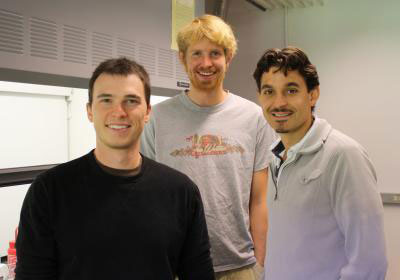 Materials researchers at UC Santa Barbara validate decades-old Nobel-Prize-winning theory by developing a simplified lab technique for measuring polymer characteristics using magnets.
Materials researchers at UC Santa Barbara validate decades-old Nobel-Prize-winning theory by developing a simplified lab technique for measuring polymer characteristics using magnets.
Oct 19th, 2011
Read more
Final reports have been published from two REACH Implementation Projects on Nanomaterials. Commissioned by the JRC's Institute for Health and Consumer Protection, the projects intended to develop specific advice on the implementation of REACH for nanomaterials.
Oct 19th, 2011
Read more
Scientists were able to show that on atomic scale gold surfaces smoothen out by themselves at room temperature.
Oct 19th, 2011
Read more
A recently published review presents the different applications of rare-earth nanoparticles for biomolecule detection and imaging in vitro, in living cells or in small animals.
Oct 19th, 2011
Read more
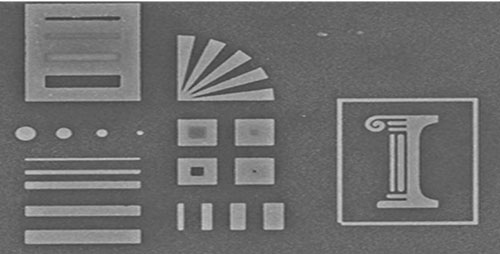 New glass stamp may make cheaper, more precise biosensors.
New glass stamp may make cheaper, more precise biosensors.
Oct 19th, 2011
Read more
The European Environmental Bureau (EEB) is deeply disappointed by the European Commission's decision released yesterday to use a narrow definition for the term "nanomaterial", indicating that industry lobbying has won over the Commission's own scientific advisors.
Oct 19th, 2011
Read more
A Feature Article in Advanced Functional Materials reviews the recent progresses of carbon nanotubes and graphene researches.
Oct 18th, 2011
Read more
Research could lead to new devices that could sense and neutralise toxic outbreaks and disarm deadly cancers in the body.
Oct 18th, 2011
Read more
Ein soeben herausgegebenes Statuspapier des DECHEMA/VCI-Arbeitskreises "Responsible Production and Use of Nanomaterials" bietet eine Zusammenstellung der bereits geleisteten Arbeiten und erzielten Ergebnisse in der Sicherheitsforschung fuer Nanomaterialien einerseits sowie der laufenden Aktivitaeten und zu erwartenden Resultate andererseits. Dabei liegt der Fokus der Betrachtung auf Deutschland mit einem Ausblick auf Arbeiten und Ergebnisse auf europaeischer Ebene.
Oct 18th, 2011
Read more
 An advanced material that could help bring about next-generation "spintronic" computers has revealed one of its fundamental secrets to a team of scientists from Argonne National Laboratory (ANL) and the National Institute of Standards and Technology (NIST).
An advanced material that could help bring about next-generation "spintronic" computers has revealed one of its fundamental secrets to a team of scientists from Argonne National Laboratory (ANL) and the National Institute of Standards and Technology (NIST).




 Subscribe to our Nanotechnology News feed
Subscribe to our Nanotechnology News feed